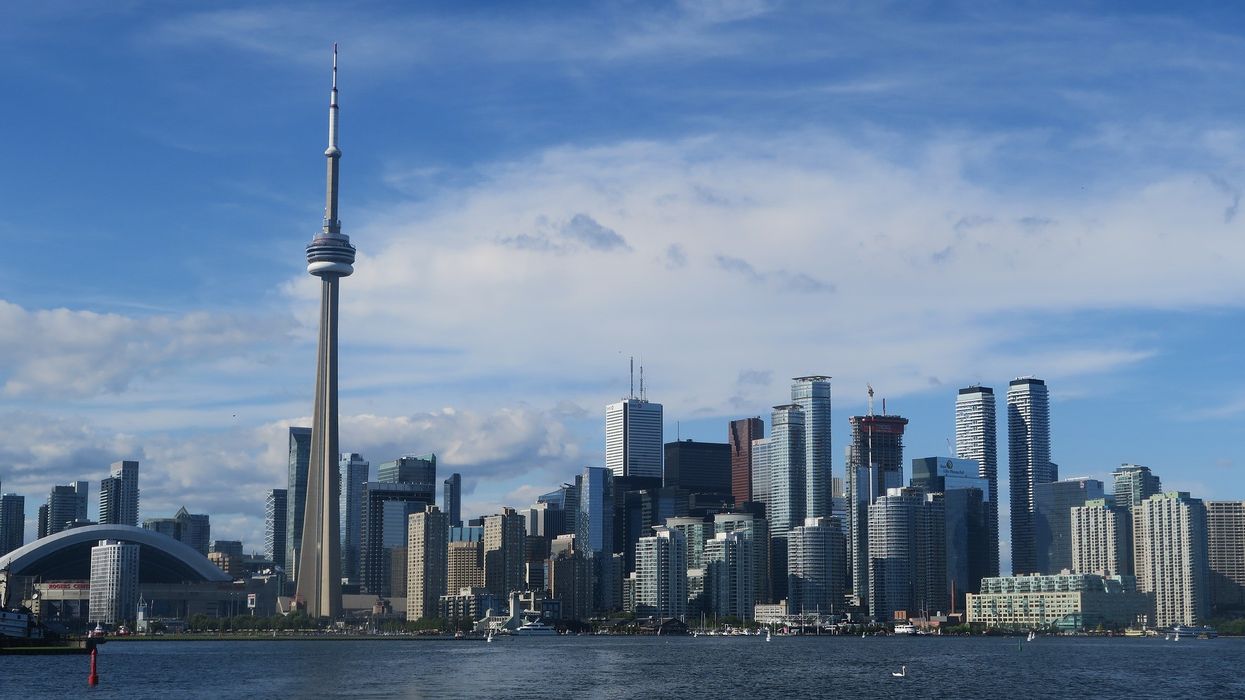As the federal election looms, so does the issue of affordable housing. This year alone, over 235,000 Canadians went homeless, many of them newcomers and refugees. Many urban Canadians, especially those in cities like Toronto and Vancouver, spend almost half their income on housing costs.
READ: These Are The 10 Cheapest Rentals In Toronto For September 2019
This week a coalition of national housing providers, including the Ontario Non-Profit Housing Association, released a comprehensive tool to show voters where the rental crisis is hitting hardest. It’s called The Canadian Rental Housing Index, an interactive map that allows people to sort through housing data by province, municipality, regional district or federal riding. Categories of analysis include the number of rental households, the average cost of rent, income gaps, overcrowding and overspending by region.
What might be of greatest interest for Toronto is the affordability index that looks at specific ridings within the city. With data taken from the 2016 long-form census, the Housing Index revealed that the top five least affordable ridings in Canada reside within the GTA: Willowdale, Thornhill, Richmond Hill, Markham, and Rosedale. More than 30 per cent of residents in these neighbourhoods spend more than 50 per cent of their incomes on rent, putting them well into "overspending" territory.
READ: This Is The Minimum Wage Needed To Rent A Two Bedroom In Canada
So what exactly is affordability?
"Affordability measures the proportion of income renter households spent on rent and utilities," reads the index's subheading. "Housing is typically considered affordable if a household spends less than 30% of its before-tax income on rent plus utilities."
"Willowdale, in Toronto, takes the title as the federal riding with the highest proportion of renter households dealing with a crisis level of spending on rent," reads a release from the Canadian Rental Housing Index published Tuesday.
READ: This Is How Much Rent Cost Across Canada In September 2019
"In that riding, nearly two-thirds (59 per cent) of all renter households spend 30 per cent or more of their income on housing, while 39 per cent allocate half or more," it continues. "Neighbouring GTA ridings of Thornhill and Richmond Hill are not much better, placing second and third most unaffordable in the country."
Experts say that rent should consume no more than 30 per cent of your income. So let’s say you make $3,000 per month, then you shouldn’t pay more than $900 for rent. That won’t get you much in Toronto. Maybe a basement bachelor pad? The Toronto Star reported earlier this year that rents are even sky-rocketing in the suburbs – especially Mississauga!
While it may be true that most Canadians wish they could live in Toronto, they’re more likely to stay put knowing the price tag attached.





















